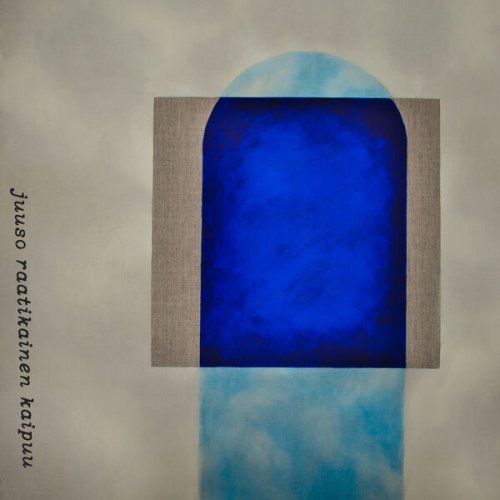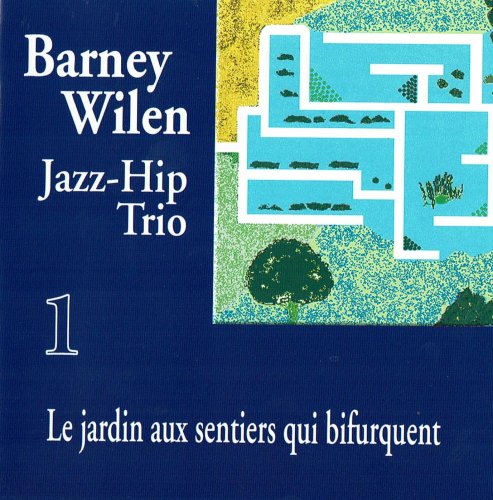Igor Gruppman - Miklós Rózsa: Violin Concerto, Theme and Variations, Vintner's Daughter, Hungarian Nocturne (2024)
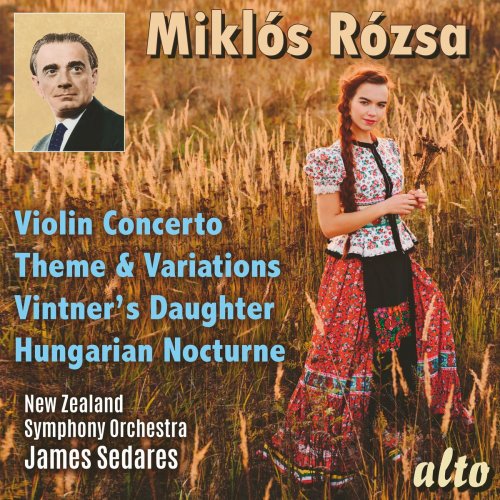
Artist: Igor Gruppman, James Sedares, New Zealand Symphony Orchestra
Title: Miklós Rózsa: Violin Concerto, Theme and Variations, Vintner's Daughter, Hungarian Nocturne
Year Of Release: 2024
Label: Musical Concepts
Genre: Classical
Quality: FLAC (tracks+booklet)
Total Time: 76:38 min
Total Size: 325 MB
WebSite: Album Preview
Tracklist:Title: Miklós Rózsa: Violin Concerto, Theme and Variations, Vintner's Daughter, Hungarian Nocturne
Year Of Release: 2024
Label: Musical Concepts
Genre: Classical
Quality: FLAC (tracks+booklet)
Total Time: 76:38 min
Total Size: 325 MB
WebSite: Album Preview
01. Concerto for Violin and Orchestra, Op. 24: I. Allegro non troppo ma passionato
02. Concerto for Violin and Orchestra, Op. 24: II. Lento cantabile
03. Concerto for Violin and Orchestra, Op. 24: III. Allegro vivace
04. Theme, Variations & Finale, Op. 13A: Theme - Vars. 1-3
05. Theme, Variations & Finale, Op. 13A: Var. 4
06. Theme, Variations & Finale, Op. 13A: Vars. 5-6
07. Theme, Variations & Finale, Op. 13A: Vars. 7-8
08. Theme, Variations & Finale, Op. 13A: Finale
09. Hungarian Nocturne, Op. 28
10. The Vintner's Daughter, Twelve Variations on a French Folksong, Op. 23A: Theme - Vars. 1-4
11. The Vintner's Daughter, Twelve Variations on a French Folksong, Op. 23A: Vars. 5-6
12. The Vintner's Daughter, Twelve Variations on a French Folksong, Op. 23A: Vars. 7-8
13. The Vintner's Daughter, Twelve Variations on a French Folksong, Op. 23A: Vars. 9-10
14. The Vintner's Daughter, Twelve Variations on a French Folksong, Op. 23A: Vars. 11-12
Since the mid-20th century, the New Zealand Symphony Orchestra has generally been considered the finest full-scale symphony orchestra from New Zealand. Holding the status as the national orchestra of New Zealand, it is government-funded and thus less constrained by commercial factors that hamper independent ensembles. The NZSO consists of about 90 players and performs its 100-plus yearly concerts throughout New Zealand, with a larger portion of its programs presented in the cities of Wellington, where it is based, and Auckland. Its Wellington concerts are presented in two locations, Wellington Town Hall and the Michael Fowler Centre. The NZSO travels to as many as 30 New Zealand cities in a typical concert season and occasionally goes on tour overseas. It has made numerous recordings over the years, but has only recently become a familiar name to record buyers in Europe and the Americas. The group has recorded for several labels, including BMG, Koch International, Sony Classical, and Naxos.
The New Zealand Symphony Orchestra, known as the National Orchestra until 1975, was founded in 1946, but did not give its inaugural concert until March 6 of the following year. From 1946 to 1989 it functioned under the aegis of the New Zealand Broadcasting Service, but since the latter year has been independent of that broadcast network, serving under a government-appointed board of directors instead.
The orchestra functioned for most of its existence without an official music director. In 1999 that practice ended when English conductor James Judd was named the NZSO's first music director. Previous conductors were called resident conductors and included James Robertson (1954-1977), John Hopkins (1957-1963), Juan Matteucci (1964-1999), and Brian Priestman (1973-1975).
Priestman's tenure was notable for its inaugural foreign tour, which involved a series of concerts in Australia. Upon his departure, the National Orchestra took its current name and until 1999 used only principal conductors and guest conductors. Judd served as music director until 2007. During his eight years on the podium many prominent soloists appeared with the NZSO, including Dame Kiri Te Kanawa, Lang Lang, and Hilary Hahn. Finland native Pietari Inkinen was named Judd's successor, effective January 2008. Important recordings by the NZSO for Naxos include the 2002 CD of Symphonies No. 1-3 by New Zealander Douglas Lilburn, the 2005 DVD of orchestral works by Vaughan Williams, both led by James Judd, and the 2011 album, The Emperor and the Nightingale, by New Zealander Jenny McLeod, led by Uwe Grodd.
The New Zealand Symphony Orchestra, known as the National Orchestra until 1975, was founded in 1946, but did not give its inaugural concert until March 6 of the following year. From 1946 to 1989 it functioned under the aegis of the New Zealand Broadcasting Service, but since the latter year has been independent of that broadcast network, serving under a government-appointed board of directors instead.
The orchestra functioned for most of its existence without an official music director. In 1999 that practice ended when English conductor James Judd was named the NZSO's first music director. Previous conductors were called resident conductors and included James Robertson (1954-1977), John Hopkins (1957-1963), Juan Matteucci (1964-1999), and Brian Priestman (1973-1975).
Priestman's tenure was notable for its inaugural foreign tour, which involved a series of concerts in Australia. Upon his departure, the National Orchestra took its current name and until 1999 used only principal conductors and guest conductors. Judd served as music director until 2007. During his eight years on the podium many prominent soloists appeared with the NZSO, including Dame Kiri Te Kanawa, Lang Lang, and Hilary Hahn. Finland native Pietari Inkinen was named Judd's successor, effective January 2008. Important recordings by the NZSO for Naxos include the 2002 CD of Symphonies No. 1-3 by New Zealander Douglas Lilburn, the 2005 DVD of orchestral works by Vaughan Williams, both led by James Judd, and the 2011 album, The Emperor and the Nightingale, by New Zealander Jenny McLeod, led by Uwe Grodd.
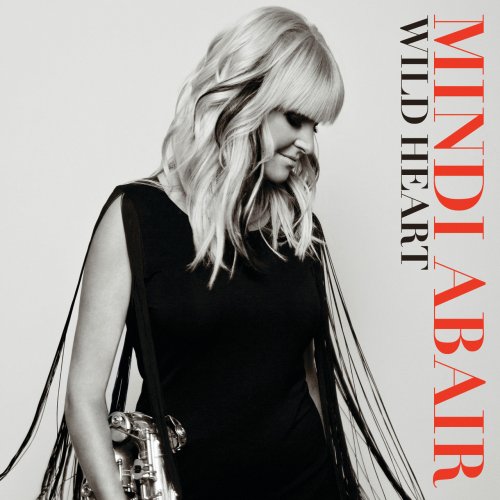
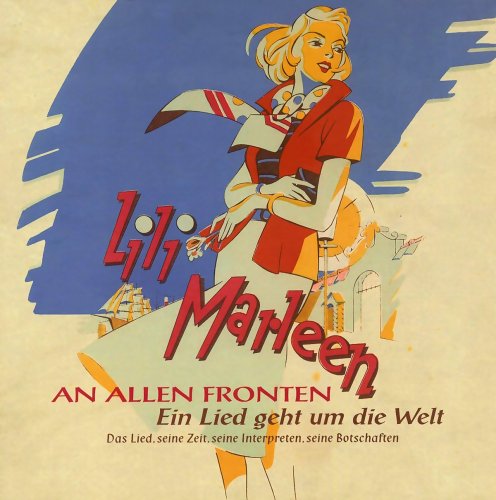
![Iman Spaargaren & Peter Bjørnild - In Essence (2025) [DSD256] Iman Spaargaren & Peter Bjørnild - In Essence (2025) [DSD256]](https://www.dibpic.com/uploads/posts/2025-12/1766381912_cover.jpg)
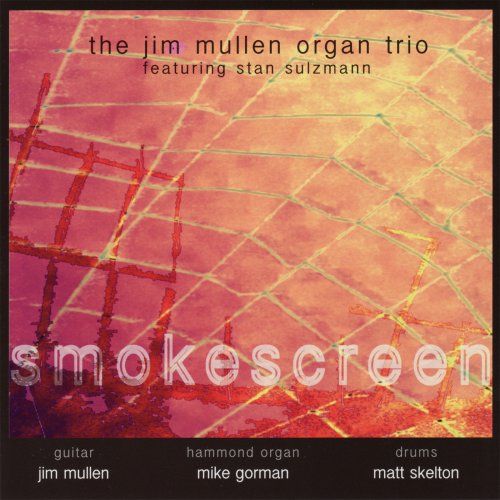

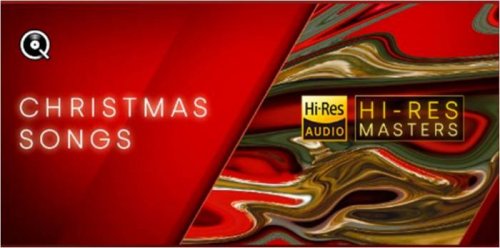
![Calibro 35 - Exploration (2025) [Hi-Res] Calibro 35 - Exploration (2025) [Hi-Res]](https://www.dibpic.com/uploads/posts/2025-06/1749030898_nlsgqkh4hkgka_600.jpg)
